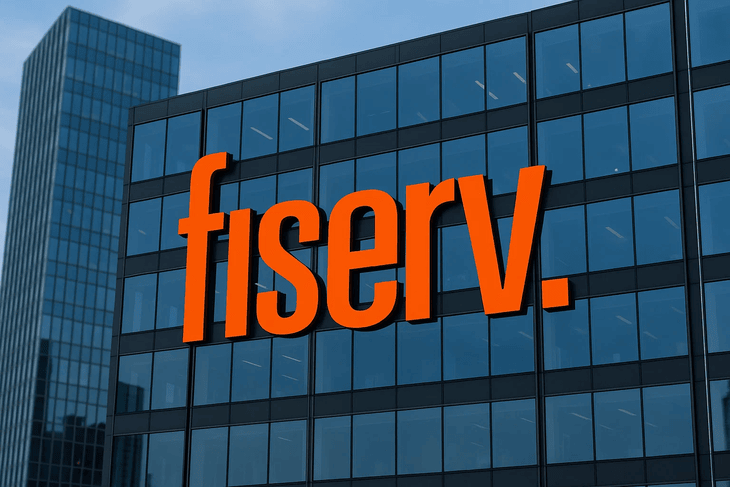
Fiserv Unveils FIUSD Stablecoin on Solana to Bridge Traditional Finance with Blockchain by 2025
Nasdaq-listed fintech giant Fiserv has unveiled plans to launch a USD-backed stablecoin named FIUSD on the Solana blockchain by the end of 2025. The stablecoin is being developed in collaboration with blockchain leaders like Circle, Paxos, and Solana, and will be integrated across Fiserv’s expansive digital banking and payments ecosystem. Serving over 10,000 banks and credit unions along with 6 million merchants globally, Fiserv will enable real-time transaction settlement, enhanced fraud controls, and regulatory compliance—all at no added cost to its users.
This move aims to broaden stablecoin access for regional and smaller financial institutions, many of which lack the infrastructure to support digital assets. FIUSD will function as a plug-and-play solution that allows these banks to offer wallet-based payments, peer-to-peer transfers, and merchant settlement features without the need for extensive blockchain expertise. According to Fiserv executives, this initiative could even empower local banks to issue their own branded deposit tokens in the future.
A notable feature of the rollout is its planned interoperability with PayPal’s stablecoin (PYUSD), making transfers between the two seamless for users. Fiserv is also exploring partnerships with major card networks and additional blockchain systems to expand FIUSD’s utility and reach.
The timing of the launch coincides with a shift in the U.S. regulatory landscape, particularly the Senate’s recent approval of the GENIUS Act, which supports clear guidelines for dollar-pegged stablecoins. This legislative momentum adds a layer of legitimacy and encourages institutional adoption.
Investor sentiment responded positively to the announcement, with Fiserv’s stock climbing up to 8%. The introduction of FIUSD not only marks Fiserv’s serious entry into the crypto-fintech space but also signals a broader trend of legacy financial institutions embracing blockchain to modernize and future-proof their payment infrastructure.
